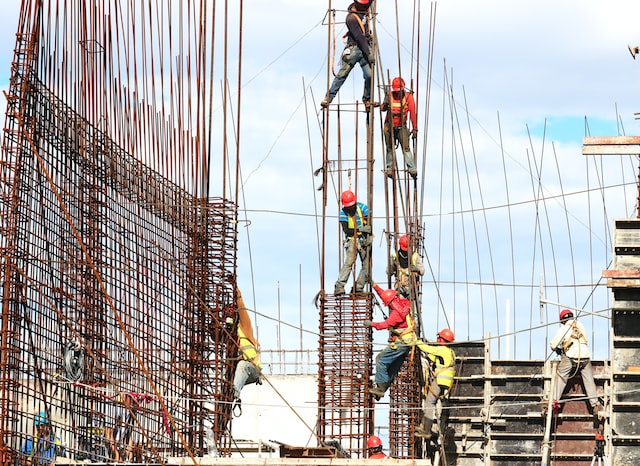Regardless of the economy, top talent is always in high demand. Many construction companies find that, even when there is a surplus of candidates, they may still have trouble receiving qualified responses to their job postings. This creates a stubborn vacancy cycle that stresses not only the hiring manager, but the entire team and company.
If you are finding that there is an applicant shortage for one or many of your open positions, there are four specific areas that you should address.
- Not focusing enough on referrals. Referrals are the single best way to attract quality candidates – and a lot of quality candidates for that matter. Organizations that have the most trouble attracting and hiring top talent either do not have a referral program, or the one they have in place is weak. Empower your best employees to refer people they feel would be a great fit for the organization, even if there are presently no openings. This allows you to create a talent pipeline for when a vacancy does open up.
- The application process is broken. Of course, you want candidates to be thoughtful when responding to your posting. But if the application process is frustrating or too long, top talent will simply move on – after all, they have options. To avoid losing out on a great candidate, make sure your application does not take more than five minutes to complete, does not require the candidate to enter in information already included on their resume, and can be submitted on a mobile device.
- Not knowing your metrics. Key Performance Indicators (KPI) are the best way to determine where there are improvement opportunities in your hiring process. Knowing your KPIs is not only powerful, it is essential. How many applications were reviewed before you found a candidate that you wanted to interview? How many candidates were interviewed before an offer was extended? How long does it take to fill specific vacancies based upon job title, department, and hiring manager? All of these metrics will uncover weaknesses in your talent pipeline and hiring process.
- Making slow decisions. Highly qualified candidates are always on the move. If they do not hear back from you within ten days, they have probably either moved on or lost interest in your opportunity. If you do not respond to an applicant that you feel is a great fit quickly you might lose the chance. Speed is key. If a quality candidate with great potential applies, respond immediately to get them engaged.
By taking a hard look at your hiring process (including referrals), knowing your KPIs, and engaging with quality candidates early on, you will be able to keep a consistent talent pipeline. This ensures that you rarely have an applicant shortage when the next vacancy occurs.
Photo by Josue Isai Ramos Figueroa on Unsplash








